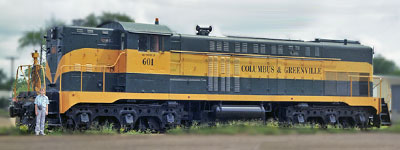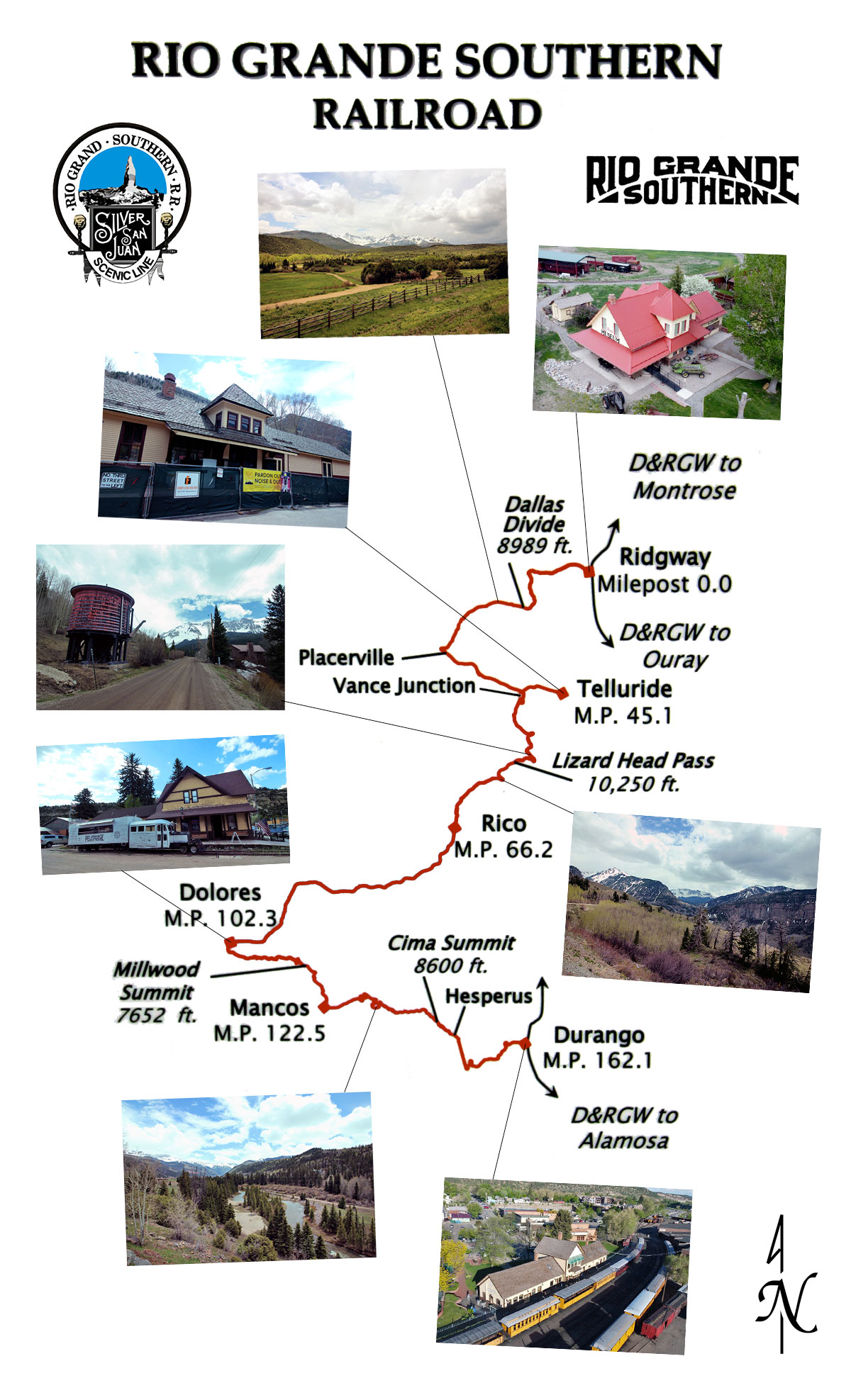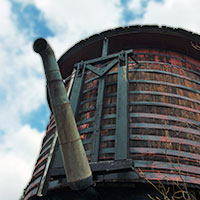





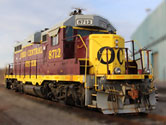
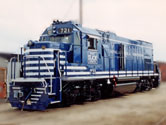
Shortline
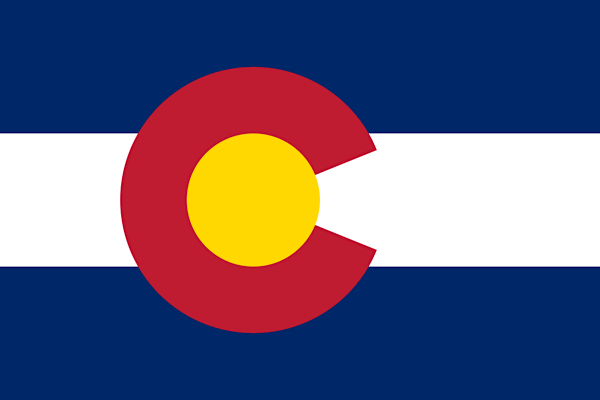


 |
Rio Grande SouthernOtto Mears' Silver San Juan Shortline Survivor |
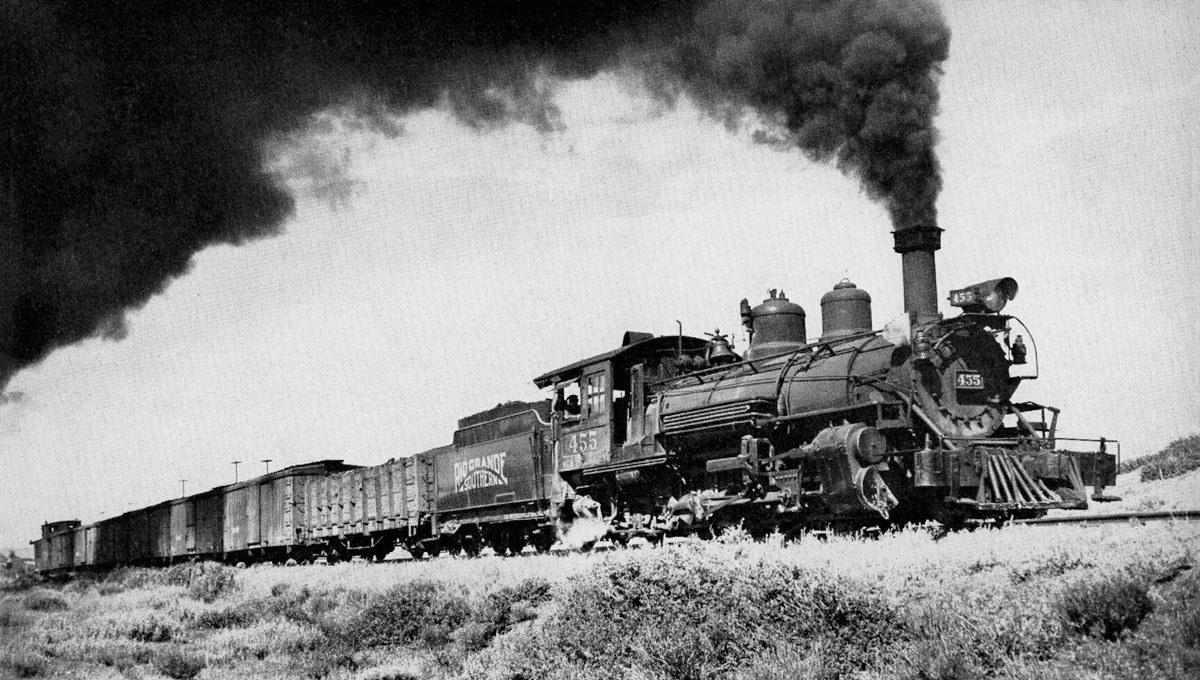
from Narrow Gauge in the Rockies
by Lucius Beebe & Charles Clegg / collection
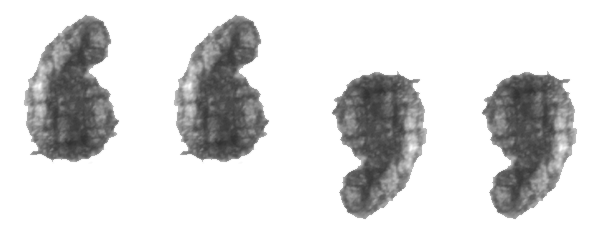

 he Rio Grande Southern always struggled for it's existence. If mother nature was not trying to wipe out her road-bed, then her owners were trying to abandon her.
But she fought on with the assistance of people such as Victor A Miller, an appointed receiver, Jack Odenbaugh, the master mechanic who built the Galloping Geese, and all the staff and crew who kept her running.
Finally though she could take no more, back taxes were catching up, the mail contract was lost, and her customers were turning to the automobile and trucks.
The RGS though has not yet died. The RGS lives on in the hearts and minds of all those who hold a fascination for this little line which cannot be explained.
Items of rolling stock have been restored, and many model railroaders construct our own versions of the Rio Grande Southern Railroad.
he Rio Grande Southern always struggled for it's existence. If mother nature was not trying to wipe out her road-bed, then her owners were trying to abandon her.
But she fought on with the assistance of people such as Victor A Miller, an appointed receiver, Jack Odenbaugh, the master mechanic who built the Galloping Geese, and all the staff and crew who kept her running.
Finally though she could take no more, back taxes were catching up, the mail contract was lost, and her customers were turning to the automobile and trucks.
The RGS though has not yet died. The RGS lives on in the hearts and minds of all those who hold a fascination for this little line which cannot be explained.
Items of rolling stock have been restored, and many model railroaders construct our own versions of the Rio Grande Southern Railroad.

 he Rio Grande Southern Railroad holds a storied history in southwest Colorado, leaving an indelible mark on the region's development. Established in the late 19th century, the RGS was envisioned as a vital transportation link between the mining towns of Rico, Telluride, and Durango, as well as connecting them to broader markets. Otto Mears, a prominent figure in Colorado's transportation history, played a pivotal role in the inception and expansion of the RGS. His vision and entrepreneurial spirit were instrumental in securing financing and navigating the challenging terrain of the San Juan Mountains, where the railroad would operate. Based in Ridgway, Colorado, in the north, the RGS spanned a 162 miles on a meandering route to Durango in the south. The narrow gauge shortline connected with the mighty Denver, Rio Grande & Western's slim gauge empire at both ends of its run.
he Rio Grande Southern Railroad holds a storied history in southwest Colorado, leaving an indelible mark on the region's development. Established in the late 19th century, the RGS was envisioned as a vital transportation link between the mining towns of Rico, Telluride, and Durango, as well as connecting them to broader markets. Otto Mears, a prominent figure in Colorado's transportation history, played a pivotal role in the inception and expansion of the RGS. His vision and entrepreneurial spirit were instrumental in securing financing and navigating the challenging terrain of the San Juan Mountains, where the railroad would operate. Based in Ridgway, Colorado, in the north, the RGS spanned a 162 miles on a meandering route to Durango in the south. The narrow gauge shortline connected with the mighty Denver, Rio Grande & Western's slim gauge empire at both ends of its run.
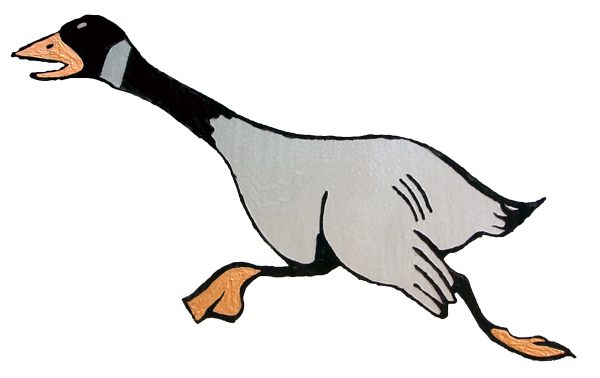 The Rio Grande Southern eked out a living hauling freight, mail, and passengers, but was never a financial success. It's surviving spirit was epitomized by the development of the "Galloping Goose" railcars. These unique, home-built, self-propelled vehicles were adapted from traditional freight cars and automobile parts to traverse the rugged mountainous terrain efficiently, with minimal labor costs. The Geese not only facilitated transportation of passengers and freight, but also became emblematic of the railroad's ingenuity and adaptability. Despite facing numerous challenges, including financial difficulties and the decline of mining in the area, the RGS persevered for several decades, serving as a lifeline for remote communities and contributing significantly to the region's economic and social fabric.
The Rio Grande Southern eked out a living hauling freight, mail, and passengers, but was never a financial success. It's surviving spirit was epitomized by the development of the "Galloping Goose" railcars. These unique, home-built, self-propelled vehicles were adapted from traditional freight cars and automobile parts to traverse the rugged mountainous terrain efficiently, with minimal labor costs. The Geese not only facilitated transportation of passengers and freight, but also became emblematic of the railroad's ingenuity and adaptability. Despite facing numerous challenges, including financial difficulties and the decline of mining in the area, the RGS persevered for several decades, serving as a lifeline for remote communities and contributing significantly to the region's economic and social fabric.
However, by the mid-20th century, advancements in transportation and shifting economic landscapes led to the decline of the RGS. The railroad ceased operations in 1952, marking the end of its storied era. Nevertheless, the legacy of the Rio Grande Southern Railroad lives on through preservation efforts by organizations like the Galloping Goose Historical Society and the Ridgway Railroad Museum, which celebrate the shortline's history and its enduring impact on the communities and landscapes of southwest Colorado. Many steam locomotives, some rolling stock, and nearly all of the Galloping Geese have been preserved in various locations.
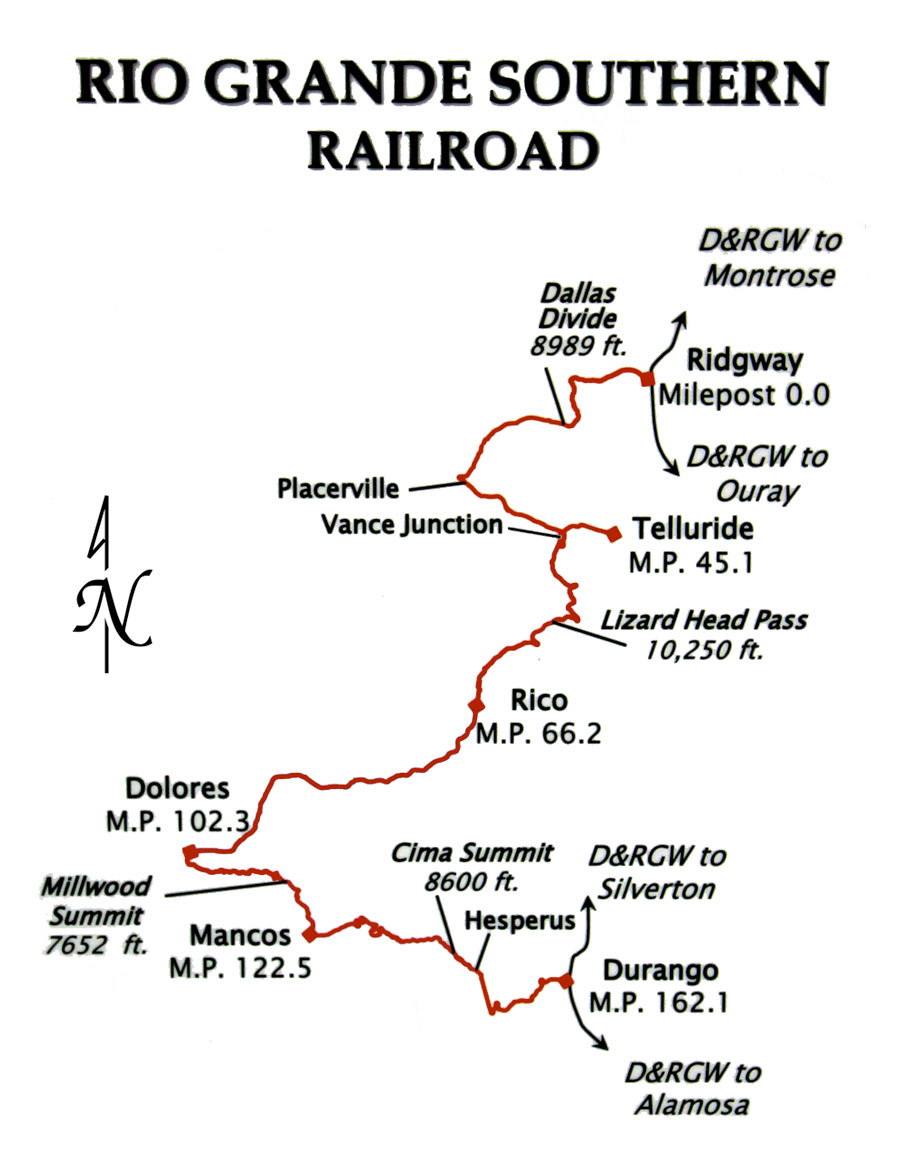
RGS route map / RWH
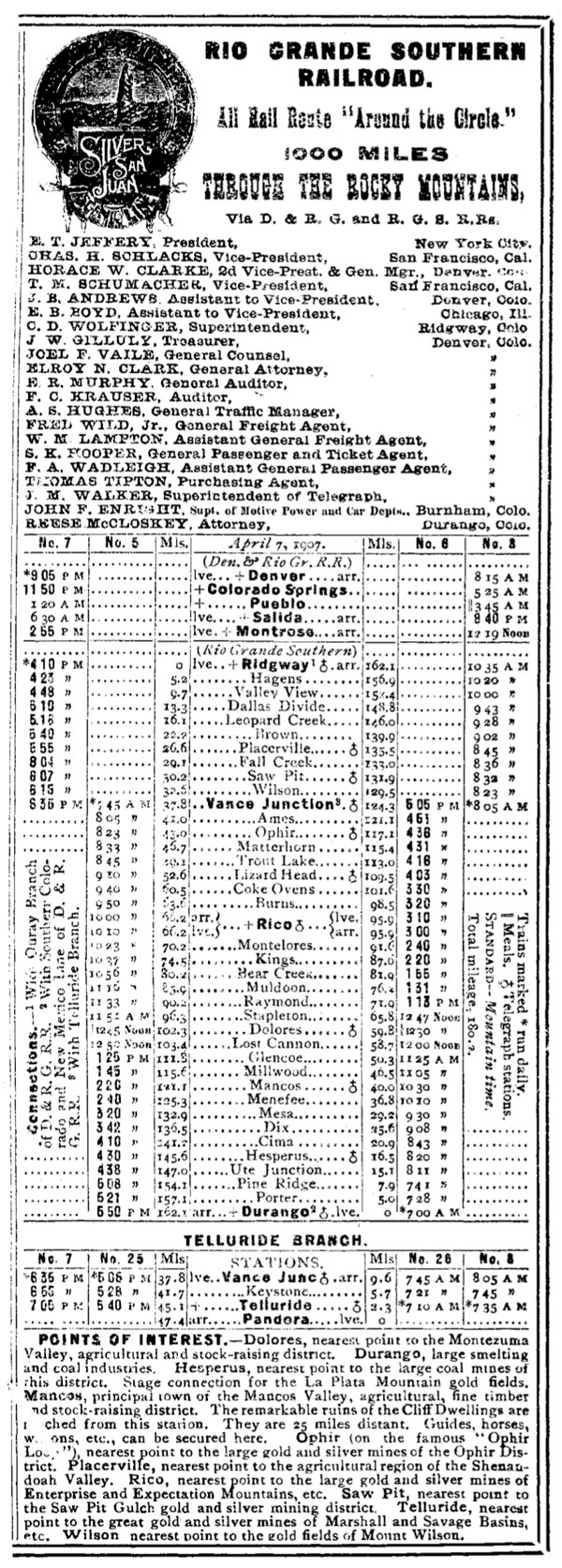
1907 Official Guide ad / collection
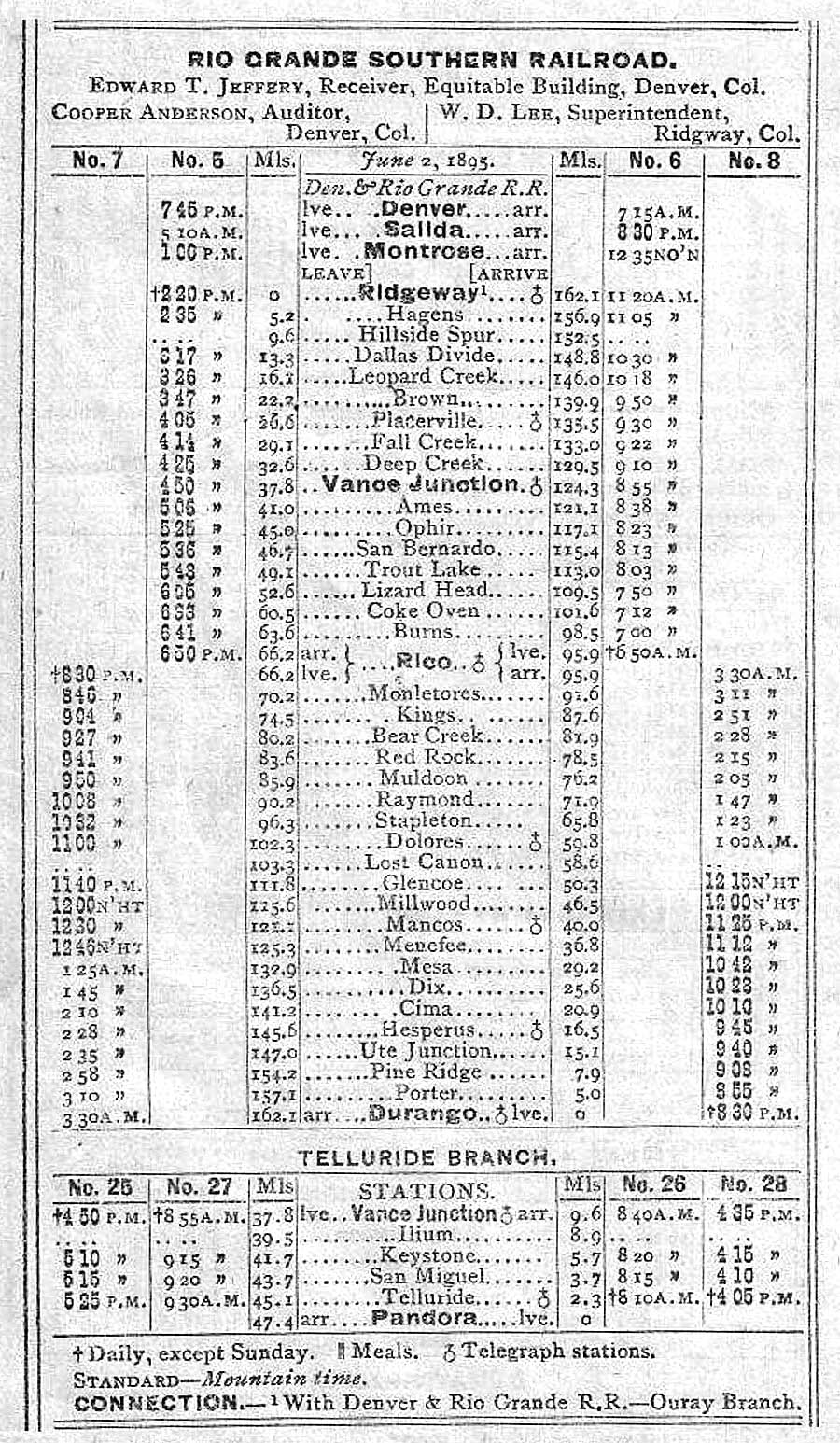
1895 Official Guide ad / collection
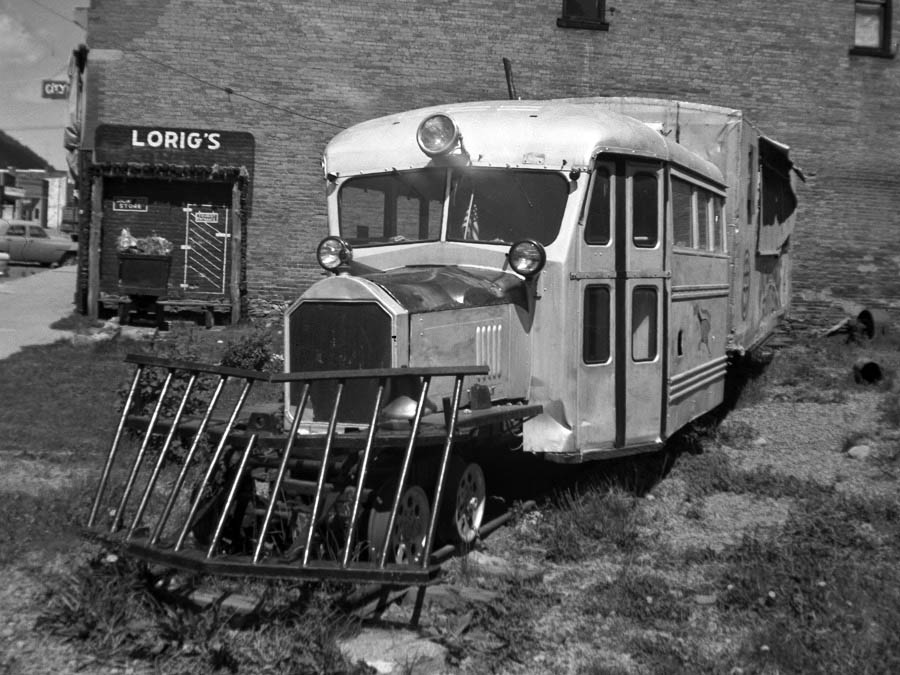
Telluride, Co / Jun 1959 / JCH


 he Rio Grande Southern Railroad twisted and turned its way over 162 miles of three foot gauge track between Ridgway and Durango in the south west of Colorado's San Juan mountains.
It was constructed by Otto Mears to reach the rich mining districts of Telluride and Rico. To achieve this task it had to travel over two mountain passes using four percent grades. The line first opened for business in 1890.
he Rio Grande Southern Railroad twisted and turned its way over 162 miles of three foot gauge track between Ridgway and Durango in the south west of Colorado's San Juan mountains.
It was constructed by Otto Mears to reach the rich mining districts of Telluride and Rico. To achieve this task it had to travel over two mountain passes using four percent grades. The line first opened for business in 1890.
The RGS always struggled for it's existence. If mother nature was not trying to wipe out her road-bed, then her owners were trying to abandon her. But she fought on with the assistance of people such as Victor A. Miller, an appointed receiver, Jack Odenbaugh, the master mechanic who built the Galloping Geese, and all the staff and crew who kept her running. Finally though she could take no more, back taxes were catching up, the mail contract was lost, and her customers were turning to the automobile and truck. The RGS though has not yet died. The RGS lives on in the hearts and minds of all those who hold a fascination for this little line which cannot be explained.


RWH
Scrapbooks

See also these related scrapbooks:
- Denver & Rio Grande Western Railroad in Mainlines
- Colorado Railroad Museum in Preservation
- Galloping Goose Historical Society in Preservation
- Ridgway Railroad Museum in Preservation
- Durango & Silverton Narrow Gauge Railroad in Preservation
Publications

1983 Official Guide ad / collection

1895 Official Guide ad / collection
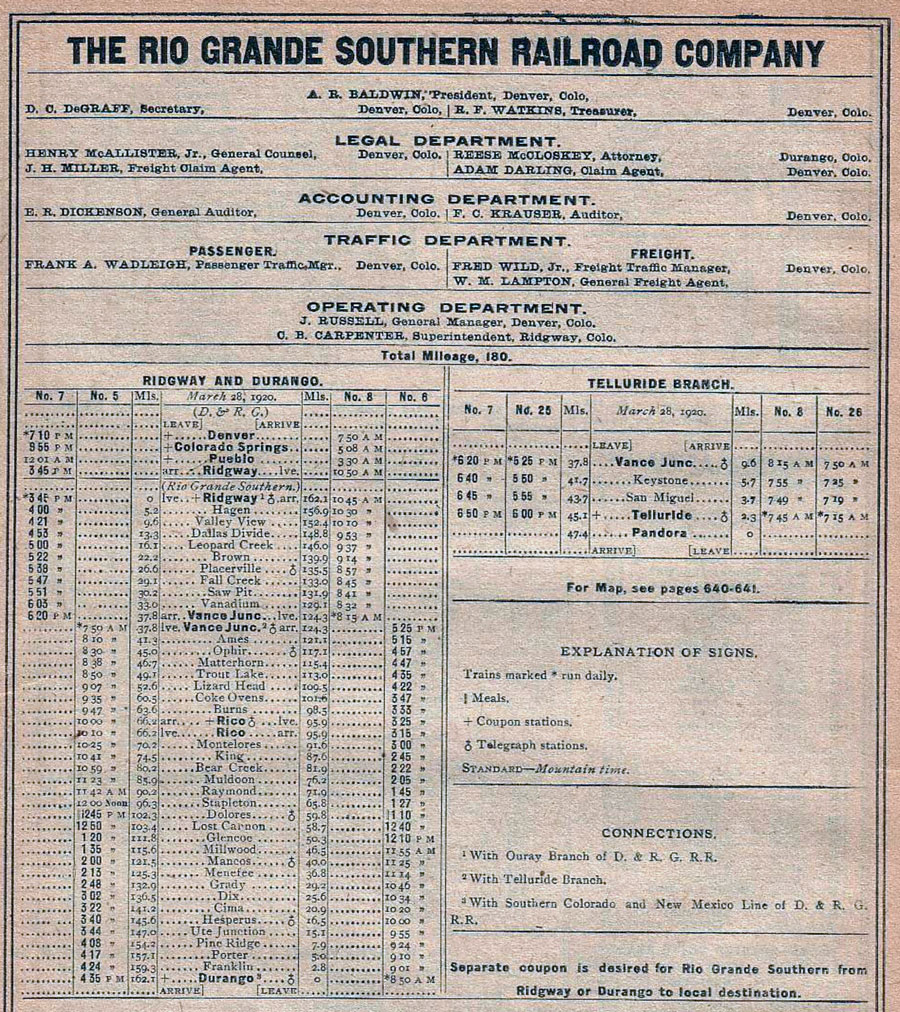
1920 Official Guide ad / collection

1930 Official Guide ad / collection
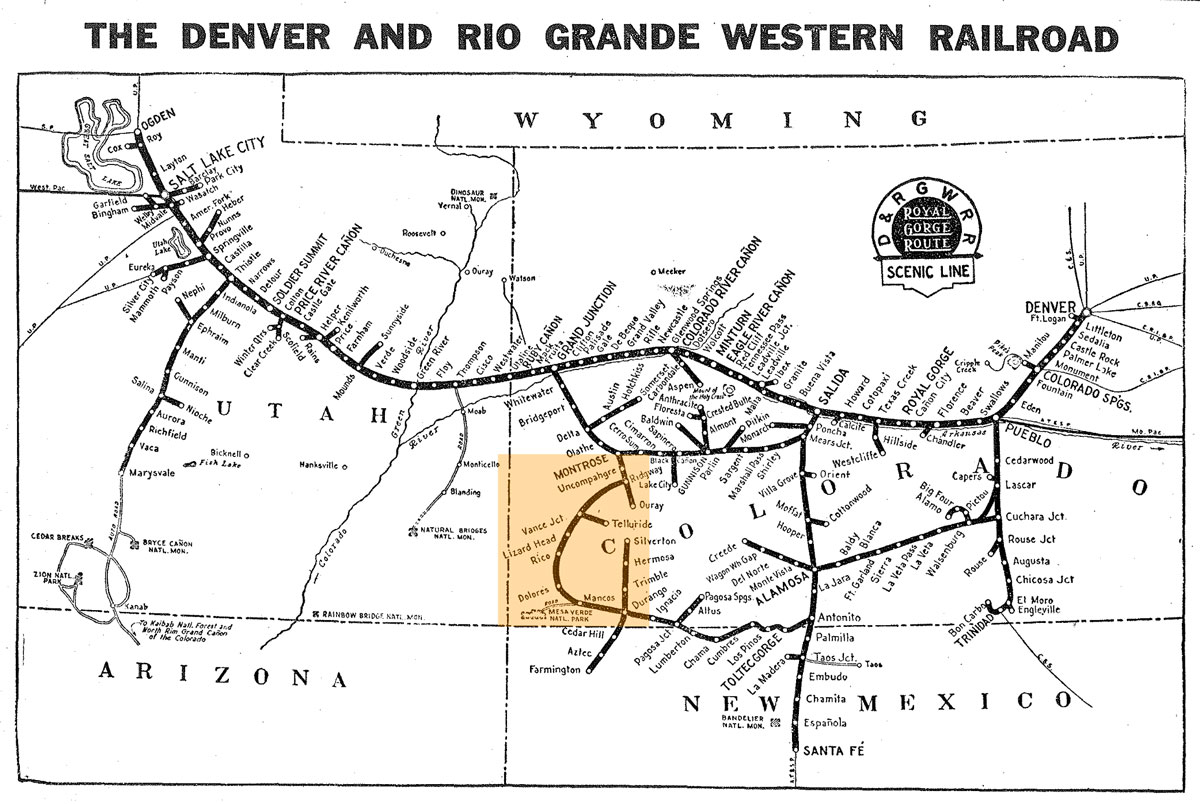
1930 Official Guide ad / collection
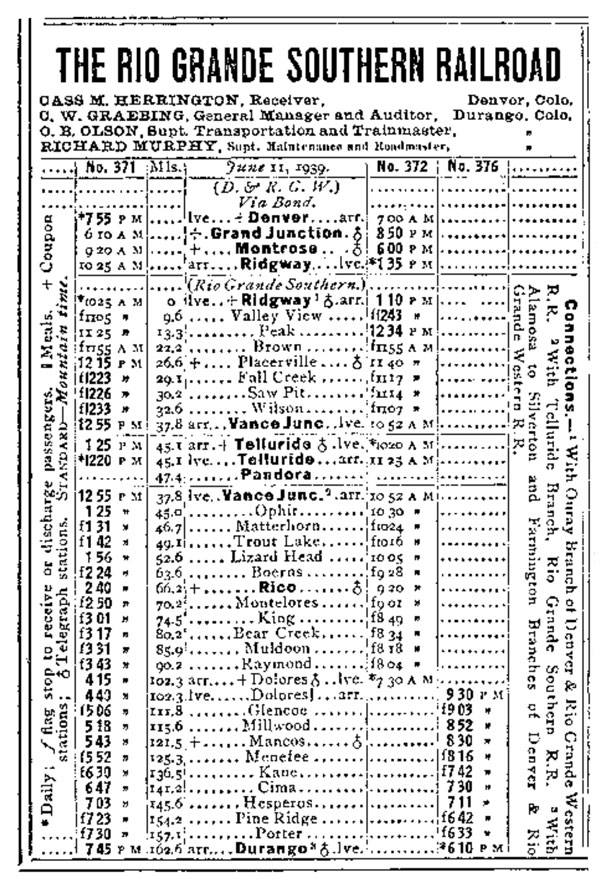
1940 Official Guide ad / collection

1948 Official Guide ad / collection
Lagniappe



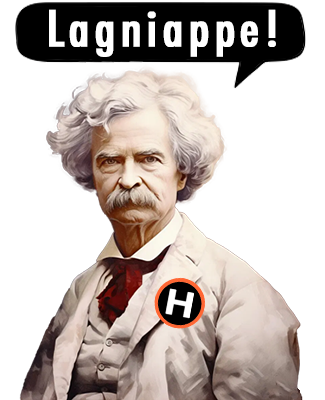
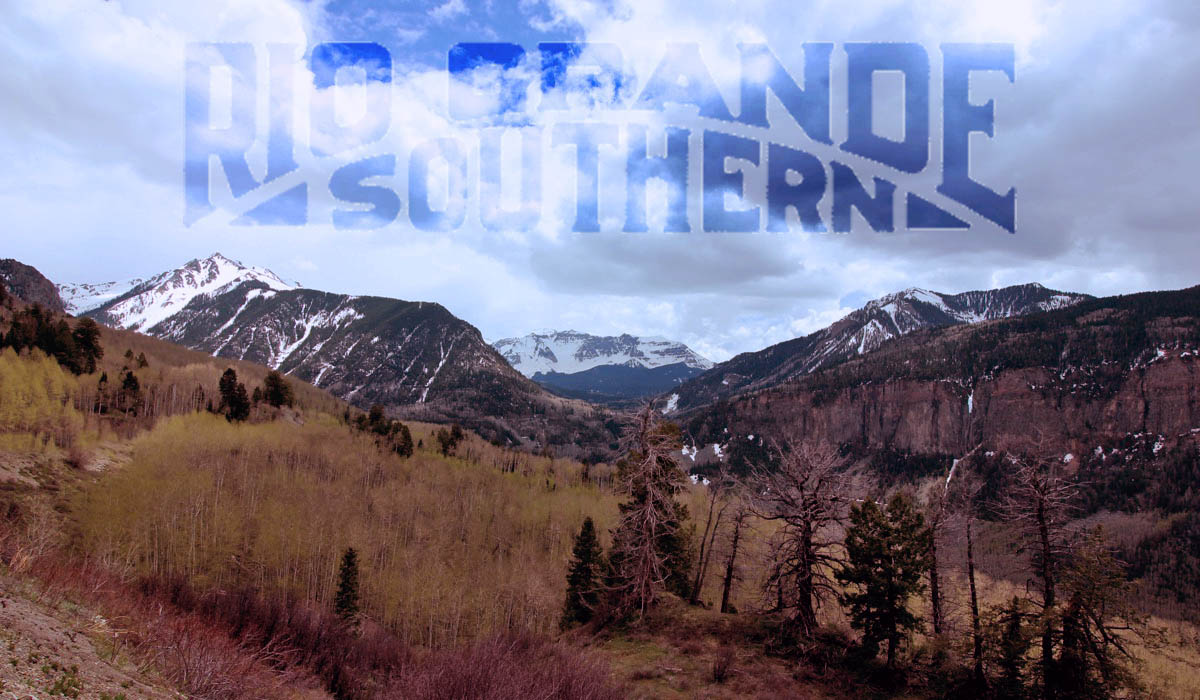
Southern Country
image and artwork RWH
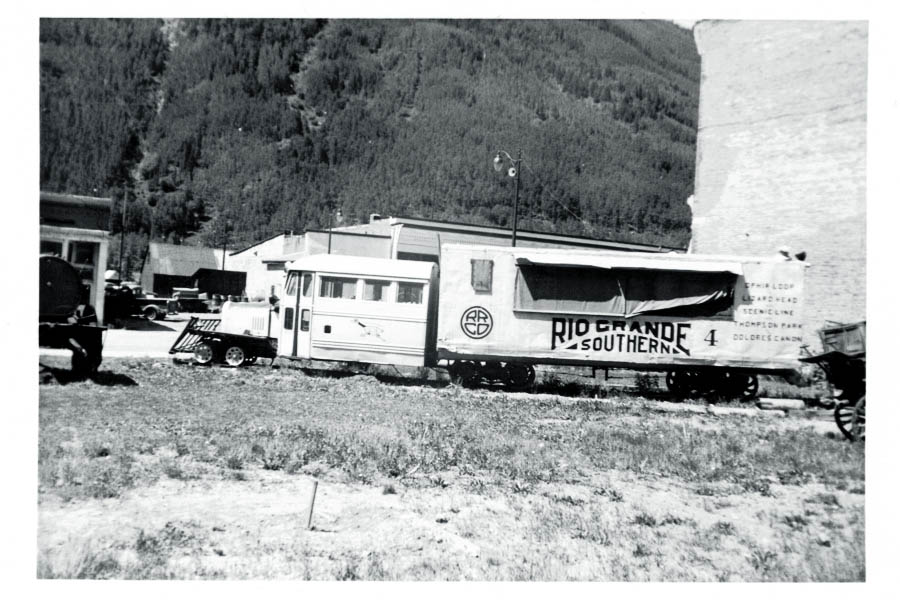
Goose Down
Telluride, Co / Jun 1959 / JCH
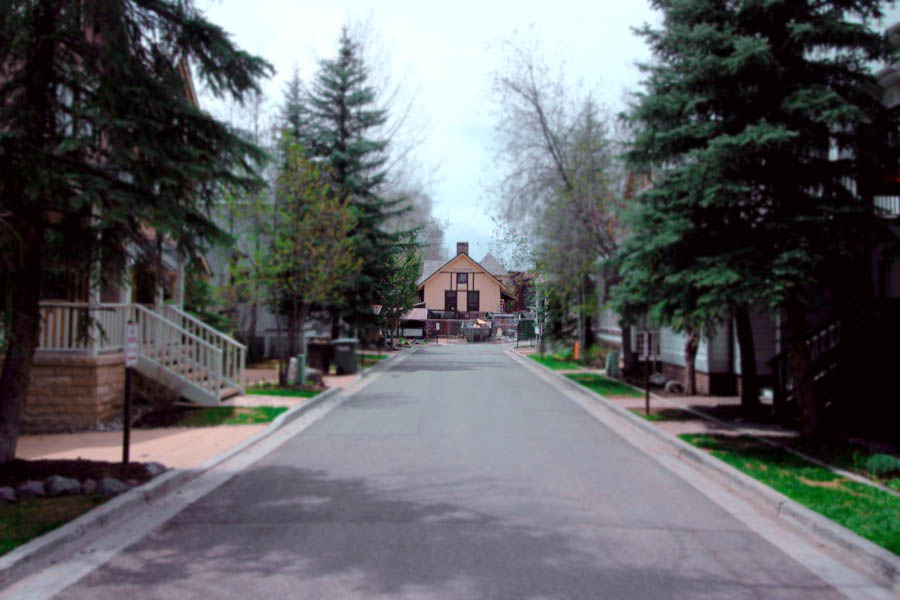
West Depot Avenue
Telluride, Co / May 2023 / RWH

San Miguel County
Ophir, Co / May 2023 / RWH
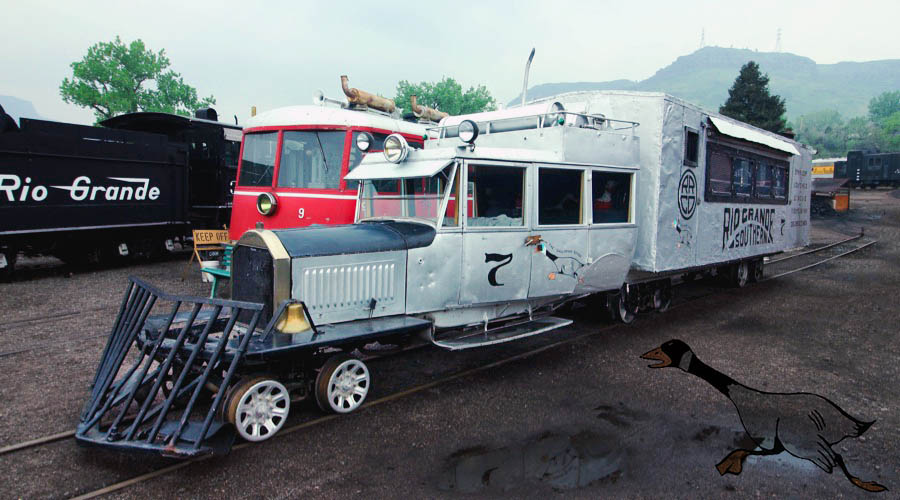
Mister Odenbaugh's Wonder
Golden, Co / May 2023 / RWH
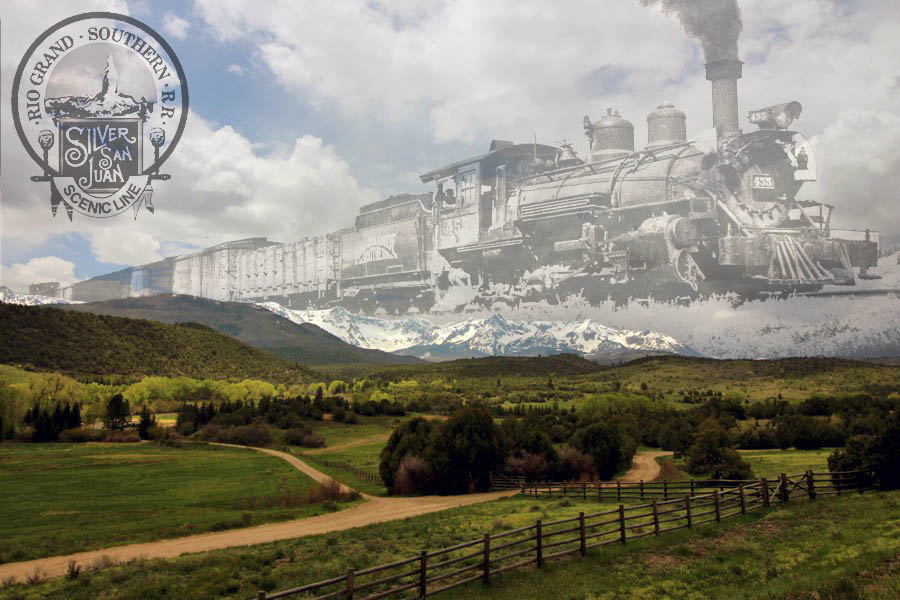
The Former Things Have Passed Away
Noel, Co / image and artwork RWH
 Snapshots
Snapshots
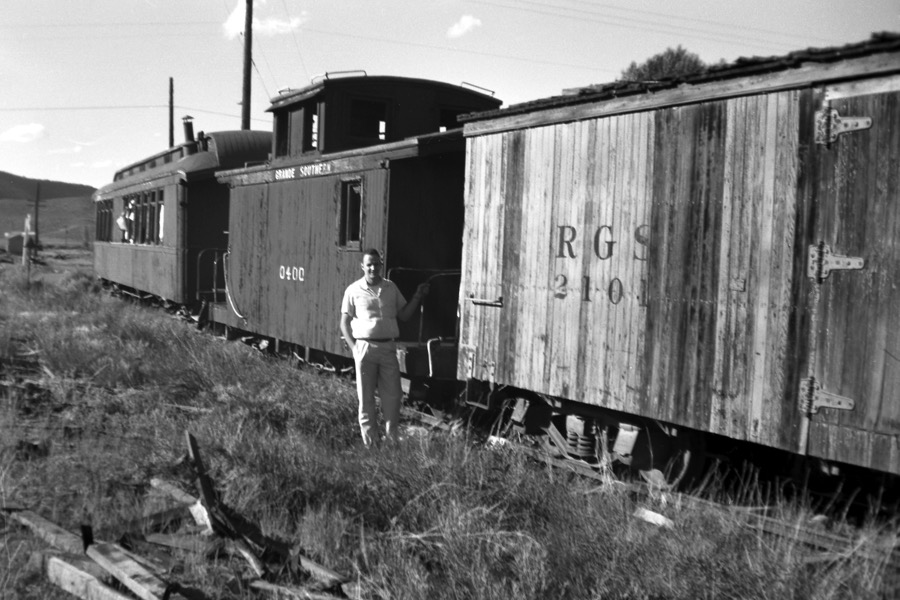
Ridgway, Co / Jun 1959 / Lucile Hawkins
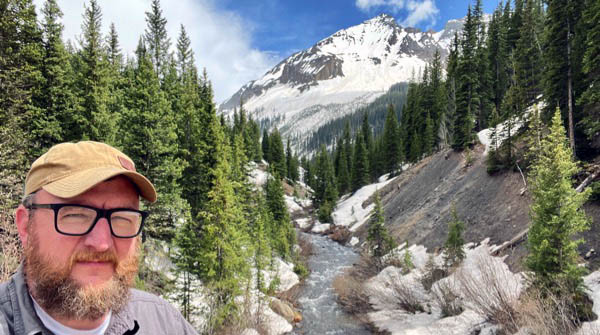
Trout Lake, Co / May 2023 / RWH
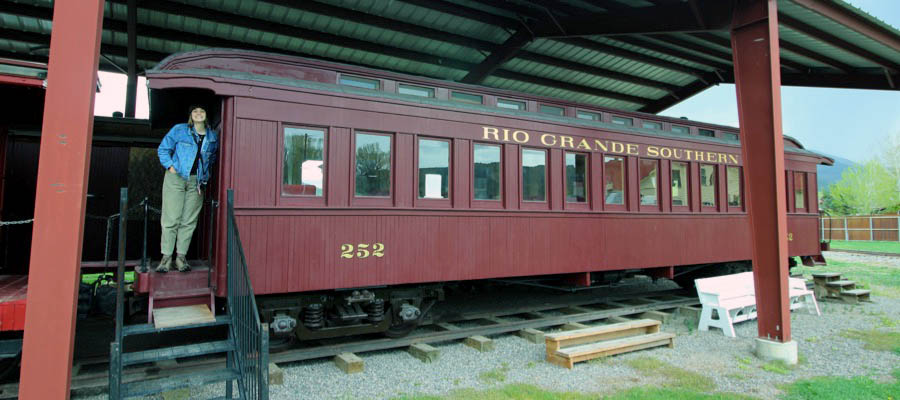
Ridgway, Co / May 2023 / RWH
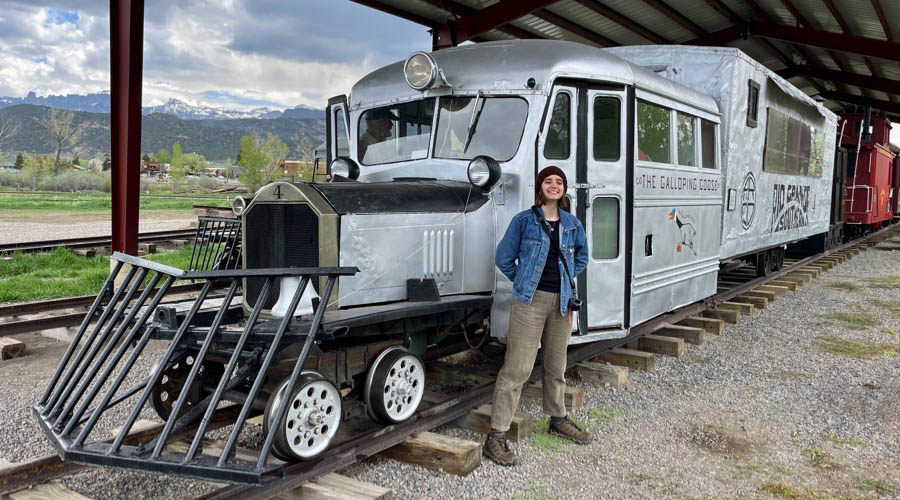
Ridgway, Co / May 2023 / RWH

Dolores, Co / May 2023 / RWH
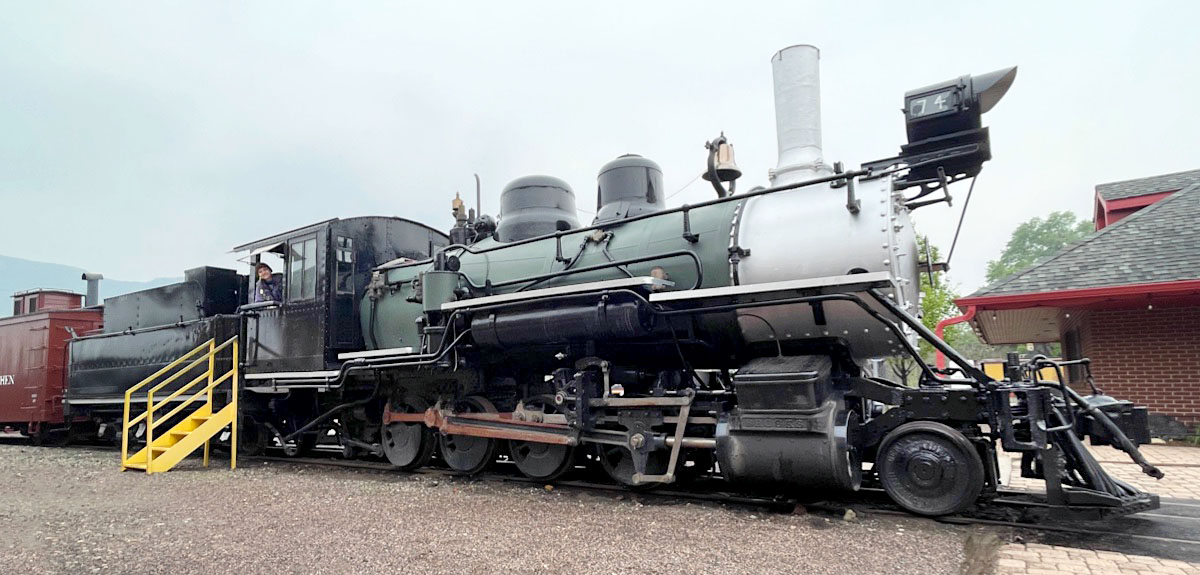
Golden, Co / May 2023 / RWH
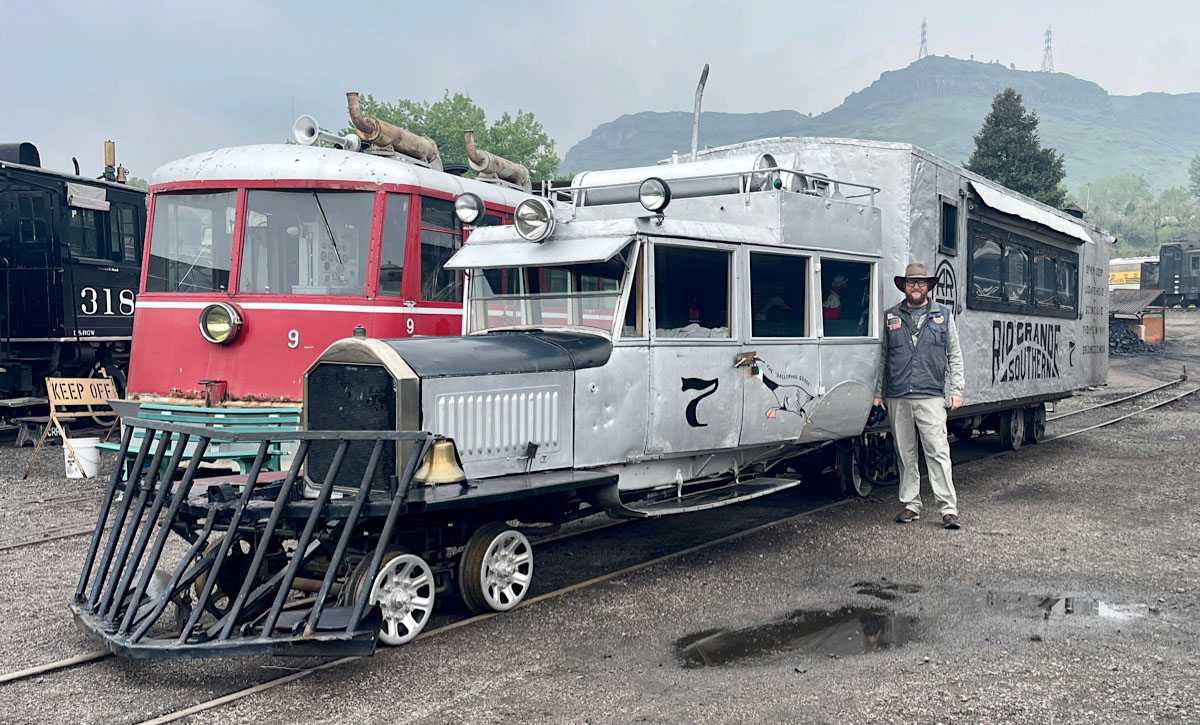
Golden, Co / May 2023 / ETH
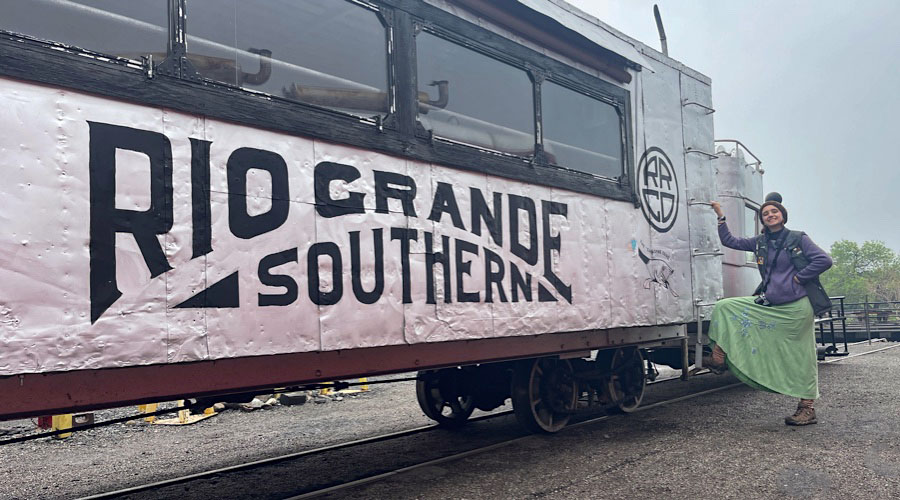
Golden, Co / May 2023 / RWH
Links / Sources
- Wikipedia article for Rio Grande Southern
- Galloping Goose Historical Society
- Rio Grande Southern home page
- Rio Grande Southern Railroad — History, Remains, Links
- Rio Grande Southern — The remains of the Rio Grande Southern today
